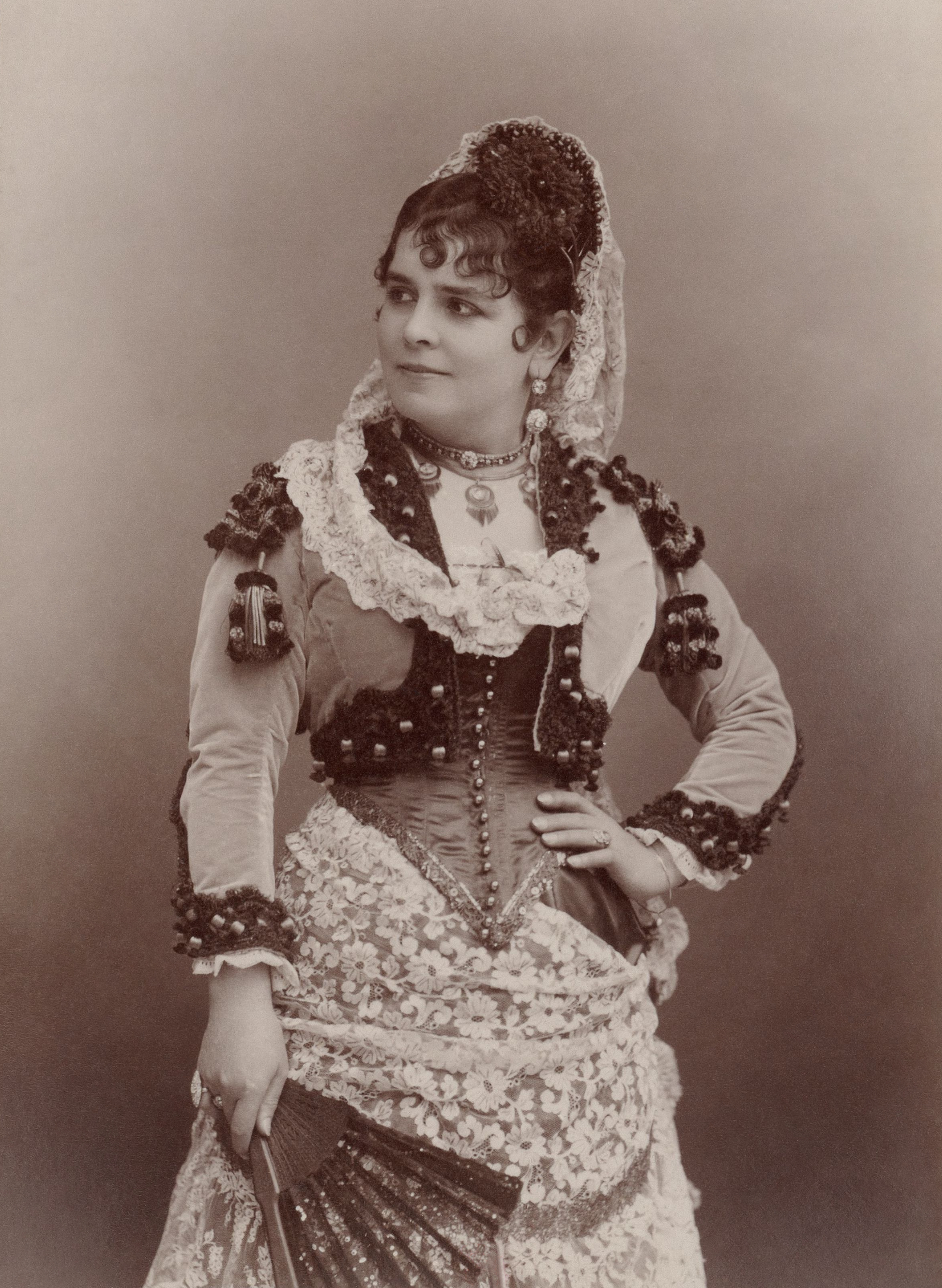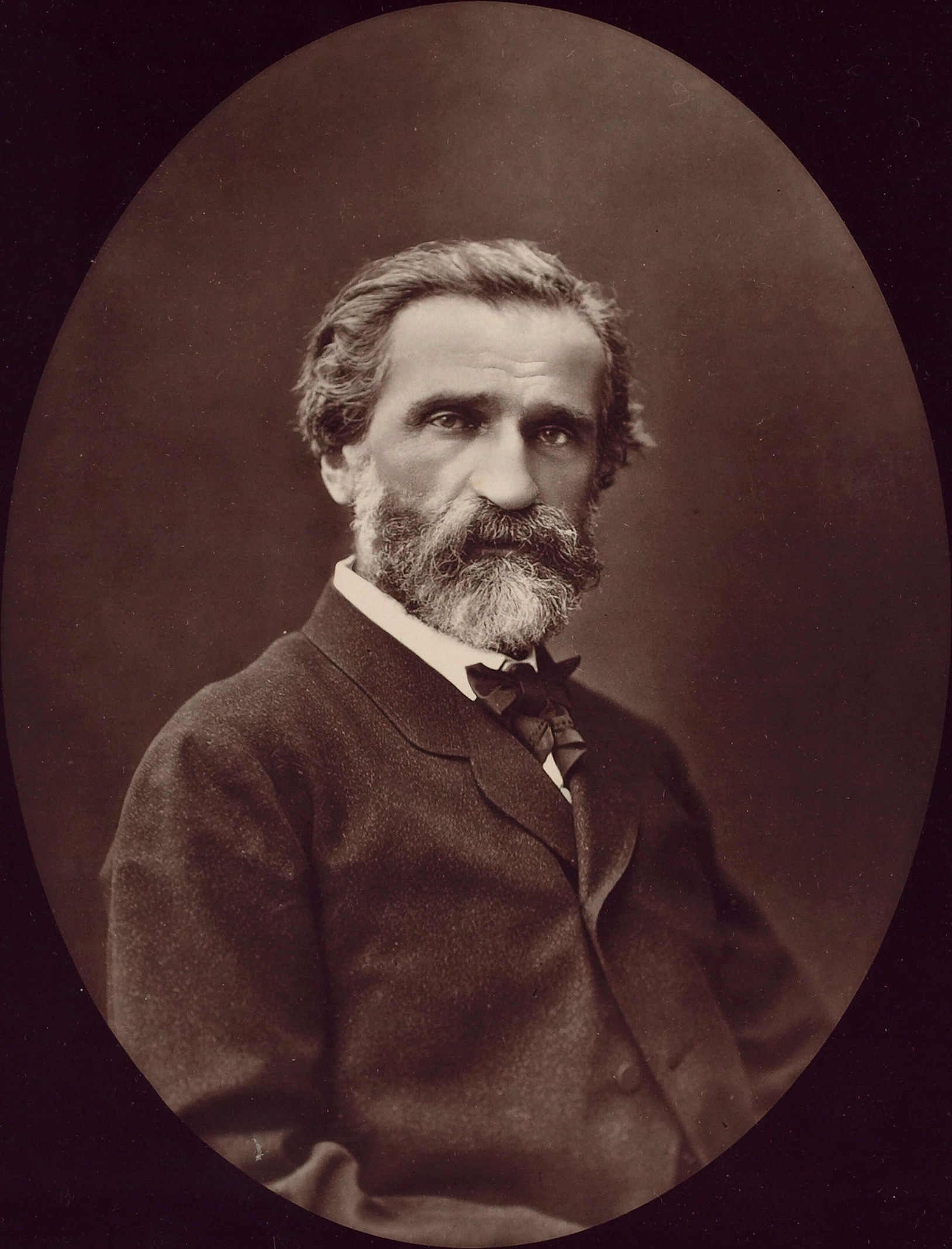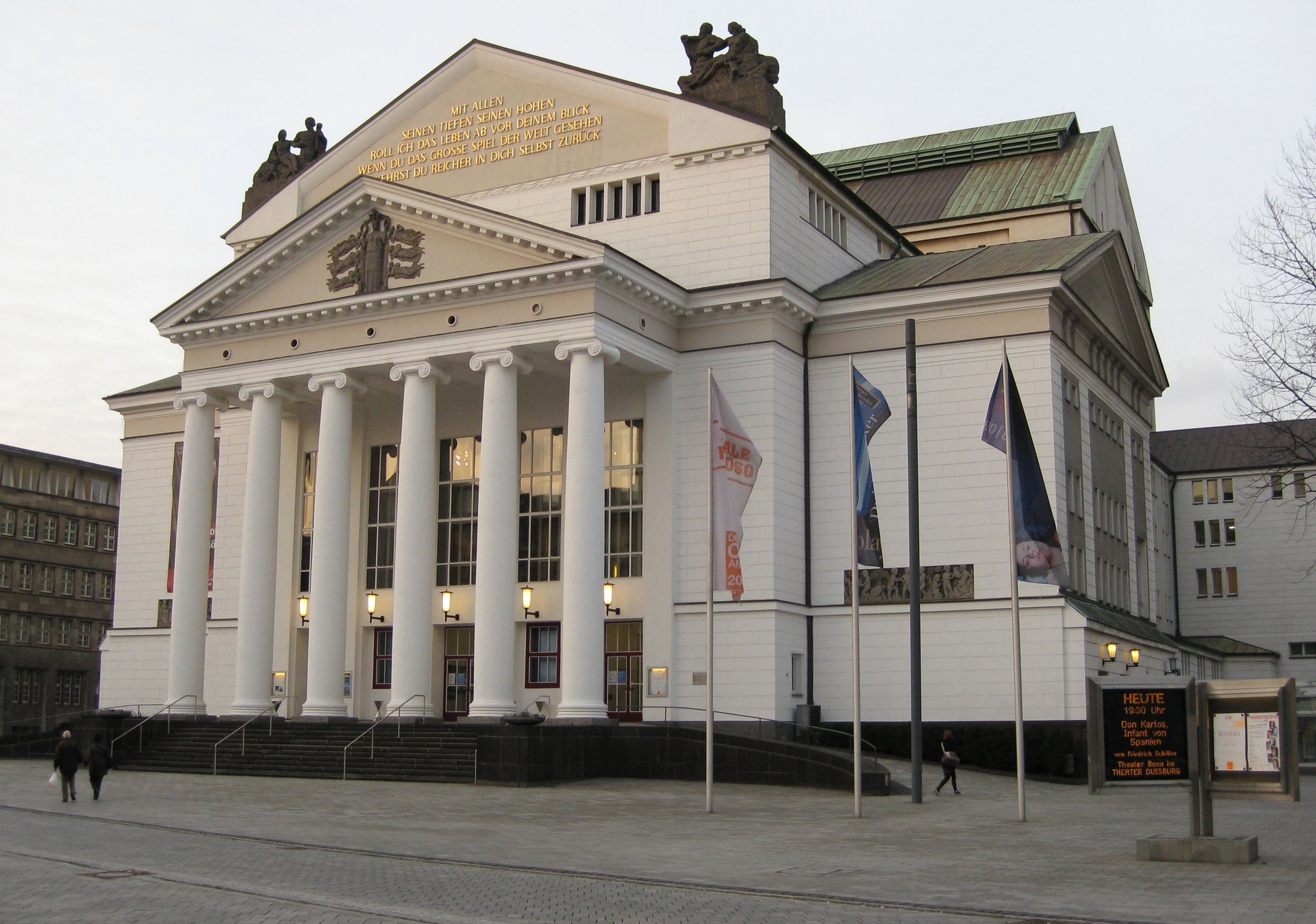|
Saadet İkesus Altan
Fatma Saadet İkesus Altan (born Saadet İkesus, 3 March 191612 December 2007) was a Turkish opera singer and her country's first female vocal coach and first female opera director. She also translated numerous librettos and lieder into Turkish. She was the author of a textbook of singing technique and a biographical story book. Early life Fatma Saadet İkesus was born in Üsküdar, Istanbul, then the Ottoman Empire, as the youngest of three siblings on 3 March 1916. She spent her childhood in Istanbul and her years after age nine in Ankara. Her military officer father fell in the Turkish War of Independence and the family had to move to the new capital when her mother found employment with the Ministry of Foreign Affairs. Born into a wealthy and educated family with a piano-playing and singing mother and violin-playing father and elder brother, İkesus developed an interest in music. In high school, she was encouraged by her teachers to sing at school events. She graduated fro ... [...More Info...] [...Related Items...] OR: [Wikipedia] [Google] [Baidu] |
Üsküdar
Üsküdar () is a large and densely populated district of Istanbul, Turkey, on the Anatolian shore of the Bosphorus. It is bordered to the north by Beykoz, to the east by Ümraniye, to the southeast by Ataşehir and to the south by Kadıköy; with Beşiktaş, Karaköy, Kabataş, Beşiktaş, and the historic city center of Fatih facing it on the opposite shore to the west. Üsküdar has been a conservative cultural center of the Anatolia, Anatolian/Asian side of Istanbul since Ottoman Empire, Ottoman times with its numerous grand and little historic mosques and dergahs. It is home to about half a million people. Üsküdar is a major transport hub, with ferries to Eminönü, Karaköy, Kabataş, Besiktaş and some of the Bosphorus suburbs. Üsküdar is a stop on the Marmaray rail service at the point where it starts its journey under the Bosphorus, re-emerging on the European side at Sirkeci. Via Marmaray, Üsküdar is linked to Gebze on the Asian side of the city and Halkalı rai ... [...More Info...] [...Related Items...] OR: [Wikipedia] [Google] [Baidu] |
Paul Hindemith
Paul Hindemith (; 16 November 189528 December 1963) was a German composer, music theorist, teacher, violist and conductor. He founded the Amar Quartet in 1921, touring extensively in Europe. As a composer, he became a major advocate of the ''Neue Sachlichkeit'' (new objectivity) style of music in the 1920s, with compositions such as '' Kammermusik'', including works with viola and viola d'amore as solo instruments in a neo-Bachian spirit. Other notable compositions include his song cycle ''Das Marienleben'' (1923), ''Der Schwanendreher'' for viola and orchestra (1935), the opera ''Mathis der Maler'' (1938), the '' Symphonic Metamorphosis of Themes by Carl Maria von Weber'' (1943), and the oratorio ''When Lilacs Last in the Dooryard Bloom'd'', a requiem based on Walt Whitman's poem (1946). Life and career Hindemith was born in Hanau, near Frankfurt, the eldest child of the painter and decorator Robert Hindemith from Lower Silesia and his wife Marie Hindemith, née Warnecke. H ... [...More Info...] [...Related Items...] OR: [Wikipedia] [Google] [Baidu] |
Carmen
''Carmen'' () is an opera in four acts by the French composer Georges Bizet. The libretto was written by Henri Meilhac and Ludovic Halévy, based on the Carmen (novella), novella of the same title by Prosper Mérimée. The opera was first performed by the Opéra-Comique in Paris on 3 March 1875, where its breaking of conventions shocked and scandalised its first audiences. Bizet died suddenly after the 33rd performance, unaware that the work would achieve international acclaim within the following ten years. ''Carmen'' has since become one of the most popular and frequently performed operas in the classical Western canon, canon; the "Habanera (aria), Habanera" from act 1 and the "Toreador Song" from act 2 are among the best known of all operatic arias. The opera is written in the genre of ''opéra comique'' with musical numbers separated by dialogue. It is set in southern Spain and tells the story of the downfall of Don José, a naïve soldier who is seduced by the wiles of th ... [...More Info...] [...Related Items...] OR: [Wikipedia] [Google] [Baidu] |
Così Fan Tutte
(''All Women Do It, or The School for Lovers''), K. 588, is an opera buffa in two acts by Wolfgang Amadeus Mozart. It was first performed on 26 January 1790 at the Burgtheater in Vienna, Austria. The libretto was written by Lorenzo Da Ponte who also wrote ''Le nozze di Figaro'' and ''Don Giovanni''. Although it is commonly held that was written and composed at the suggestion of the Emperor Joseph II, recent research does not support this idea. There is evidence that Mozart's contemporary Antonio Salieri tried to set the libretto but left it unfinished. In 1994, John Rice uncovered two terzetti by Salieri in the Austrian National Library. The short title, ''Così fan tutte'', literally means "So do they all", using the feminine plural (''tutte'') to indicate women. It is usually translated into English as "Women are like that". The words are sung by the three men in act 2, scene 3, just before the finale; this melodic phrase is also quoted in the overture to the opera. Da P ... [...More Info...] [...Related Items...] OR: [Wikipedia] [Google] [Baidu] |
Don Carlos
''Don Carlos'' is a five-act grand opera composed by Giuseppe Verdi to a French-language libretto by Joseph Méry and Camille du Locle, based on the dramatic play '' Don Carlos, Infant von Spanien'' (''Don Carlos, Infante of Spain'') by Friedrich Schiller. In addition, several incidents, of which the Forest of Fontainebleau scene and ''auto-da-fé'' were the most substantial, were borrowed from Eugène Cormon's 1846 play ''Philippe II, Roi d'Espagne''. The opera is most often performed in Italian translation, usually under the title ''Don Carlo''. The opera's story is based on conflicts in the life of Carlos, Prince of Asturias (1545–1568). Though he was betrothed to Elisabeth of Valois, part of the peace treaty ending the Italian War of 1551–59 between the Houses of Habsburg and Valois demanded that she be married instead to his father Philip II of Spain. It was commissioned and produced by the Théâtre Impérial de l'Opéra ( Paris Opera) and given its premiere at the ... [...More Info...] [...Related Items...] OR: [Wikipedia] [Google] [Baidu] |
The Merry Wives Of Windsor (opera)
''The Merry Wives of Windsor'' (German: ''Die lustigen Weiber von Windsor'') is an opera in three acts by Otto Nicolai to a German libretto by Salomon Hermann Mosenthal based on the play ''The Merry Wives of Windsor'' by William Shakespeare. The opera is a ''Singspiel'', containing much spoken dialogue between distinct musical numbers. The opera remains popular in Germany, and the overture is sometimes heard in concert in other countries. Composition history Otto Nicolai composed the music from 1845 to 1849. He had previously achieved great success with a few Italian operas, but this opera was to become his masterpiece in the German language. The composer himself made some changes to the libretto. Performance history It was difficult at first to find a stage that was willing to mount the opera. Following the premiere at the Königliches Opernhaus (Royal Opera House, now Berlin State Opera) in Berlin on 9 March 1849 under the baton of the composer, it proved unsuccessful at first, ... [...More Info...] [...Related Items...] OR: [Wikipedia] [Google] [Baidu] |
Hansel And Gretel (opera)
''Hansel and Gretel'' (German: ') is an opera by nineteenth-century composer Engelbert Humperdinck, who described it as a ' (fairy-tale opera). The libretto was written by Humperdinck's sister, Adelheid Wette, based on the Grimm brothers' fairy tale "Hansel and Gretel". It is much admired for its folk music-inspired themes, one of the most famous being the "" ("Evening Benediction") from act 2. The idea for the opera was proposed to Humperdinck by his sister, who approached him about writing music for songs that she had written for her children for Christmas based on "Hansel and Gretel". After several revisions, the musical sketches and the songs were turned into a full-scale opera. Humperdinck composed ''Hansel and Gretel'' in Frankfurt in 1891 and 1892. The opera was first performed in the Hoftheater in Weimar on 23 December 1893, conducted by Richard Strauss. It has been associated with Christmas since its earliest performances and today it is still most often performed a ... [...More Info...] [...Related Items...] OR: [Wikipedia] [Google] [Baidu] |
Rigoletto
''Rigoletto'' is an opera in three acts by Giuseppe Verdi. The Italian libretto was written by Francesco Maria Piave based on the 1832 play ''Le roi s'amuse'' by Victor Hugo. Despite serious initial problems with the Austrian censors who had control over northern Italian theatres at the time, the opera had a triumphant premiere at La Fenice in Venice on 11 March 1851. The work, Verdi's sixteenth in the genre, is widely considered to be the first of the operatic masterpieces of Verdi's middle-to-late career. Its tragic story revolves around the licentious Duchy of Mantua, Duke of Mantua, his hunch-backed court jester Rigoletto, and Rigoletto's daughter Gilda. The opera's original title, ''La maledizione'' (The Curse), refers to a curse placed on both the Duke and Rigoletto by a courtier whose daughter the Duke has seduced with Rigoletto's encouragement. The curse comes to fruition when Gilda falls in love with the Duke and sacrifices her life to save him from the assassin hired by ... [...More Info...] [...Related Items...] OR: [Wikipedia] [Google] [Baidu] |
Theater Duisburg
The Theater Duisburg is located in Duisburg, Germany and is one of two opera houses where performances are given by the Deutsche Oper am Rhein. The other is the Opernhaus Düsseldorf in Düsseldorf. The original theatre was built in 1912, destroyed during the Second World War, and rebuilt in 1950. Due to the refurbishment of the Düsseldorf opera house (built in 1956), the 50th Anniversary celebration of the company's resumption after the war took place on 28 September 2006 in Duisburg with a performance of Richard Strauss' '' Elektra'', the company's premiere of which was presented 29 September 1956. See also * List of opera houses This is a list of notable opera houses listed by continent, then by country with the name of the opera house and city. The opera company is sometimes named for clarity. Africa Egypt * Alexandria Opera House, Alexandria * Cairo Opera Hous ... External links *Theatre website*Deutsche Oper am Rhein website Opera houses in Germany Theate ... [...More Info...] [...Related Items...] OR: [Wikipedia] [Google] [Baidu] |
Mezzo-soprano
A mezzo-soprano or mezzo (; ; meaning "half soprano") is a type of classical female singing voice whose vocal range lies between the soprano and the contralto voice types. The mezzo-soprano's vocal range usually extends from the A below middle C to the A two octaves above (i.e. A3–A5 in scientific pitch notation, where middle C = C4; 220–880 Hz). In the lower and upper extremes, some mezzo-sopranos may extend down to the F below middle C (F3, 175 Hz) and as high as "high C" (C6, 1047 Hz). The mezzo-soprano voice type is generally divided into the coloratura, lyric, and dramatic mezzo-soprano. History While mezzo-sopranos typically sing secondary roles in operas, notable exceptions include the title role in Bizet's '' Carmen'', Angelina (Cinderella) in Rossini's ''La Cenerentola'', and Rosina in Rossini's ''Barber of Seville'' (all of which are also sung by sopranos and contraltos). Many 19th-century French-language operas give the leading female role to mezzos, includin ... [...More Info...] [...Related Items...] OR: [Wikipedia] [Google] [Baidu] |
Richard Wagner
Wilhelm Richard Wagner ( ; ; 22 May 181313 February 1883) was a German composer, theatre director, polemicist, and conductor who is chiefly known for his operas (or, as some of his mature works were later known, "music dramas"). Unlike most opera composers, Wagner wrote both the libretto and the music for each of his stage works. Initially establishing his reputation as a composer of works in the romantic vein of Carl Maria von Weber and Giacomo Meyerbeer, Wagner revolutionised opera through his concept of the ''Gesamtkunstwerk'' ("total work of art"), by which he sought to synthesise the poetic, visual, musical and dramatic arts, with music subsidiary to drama. He described this vision in a series of essays published between 1849 and 1852. Wagner realised these ideas most fully in the first half of the four-opera cycle ''Der Ring des Nibelungen'' (''The Ring of the Nibelung''). His compositions, particularly those of his later period, are notable for their complex textures, ... [...More Info...] [...Related Items...] OR: [Wikipedia] [Google] [Baidu] |
Wesendonck Lieder
, Wagner-Werk-Verzeichnis, WWV 91, is the common name of a set of five songs for female voice and piano by Richard Wagner, (''Five Poems for a Female Voice''). He set five poems by Mathilde Wesendonck while he was working on his opera ''Tristan und Isolde''. The songs, together with the ''Siegfried Idyll'', are the two non-operatic works by Wagner most regularly performed. History The songs are settings of poems by Mathilde Wesendonck, the wife of one of Richard Wagner's patrons. Wagner had become acquainted with Otto Wesendonck in Zürich, where he had fled on his escape from Saxony after the May Uprising in Dresden in 1849. For a time Wagner and his wife Minna Planer, Minna lived together in the (German for ''Asylum'' in the sense of "sanctuary"), a small cottage on the Wesendonck estate. It is sometimes claimed that Wagner and Mathilde had a love affair; in any case, the situation and mutual infatuation certainly contributed to the intensity in the conception of ''Tristan u ... [...More Info...] [...Related Items...] OR: [Wikipedia] [Google] [Baidu] |









